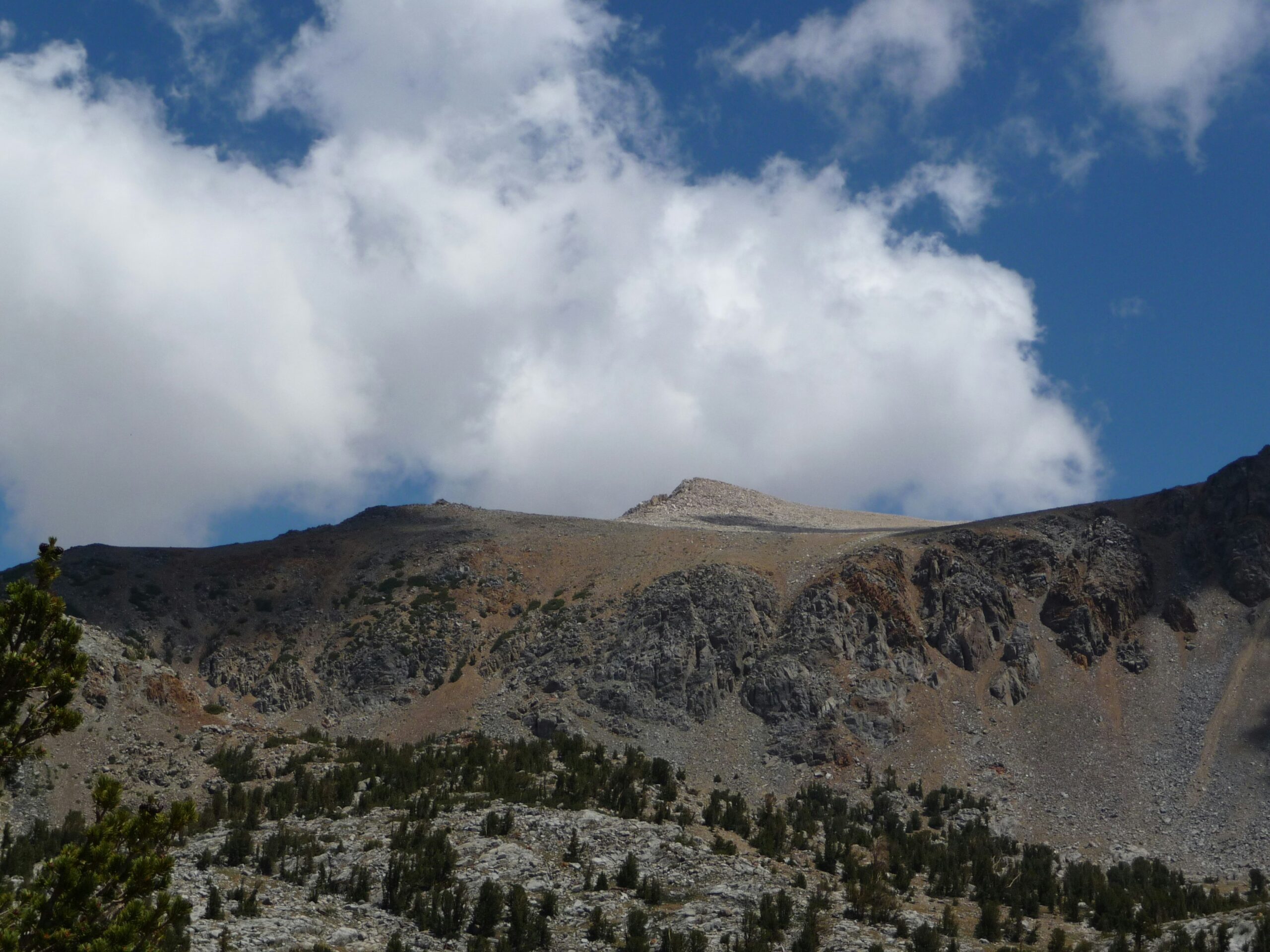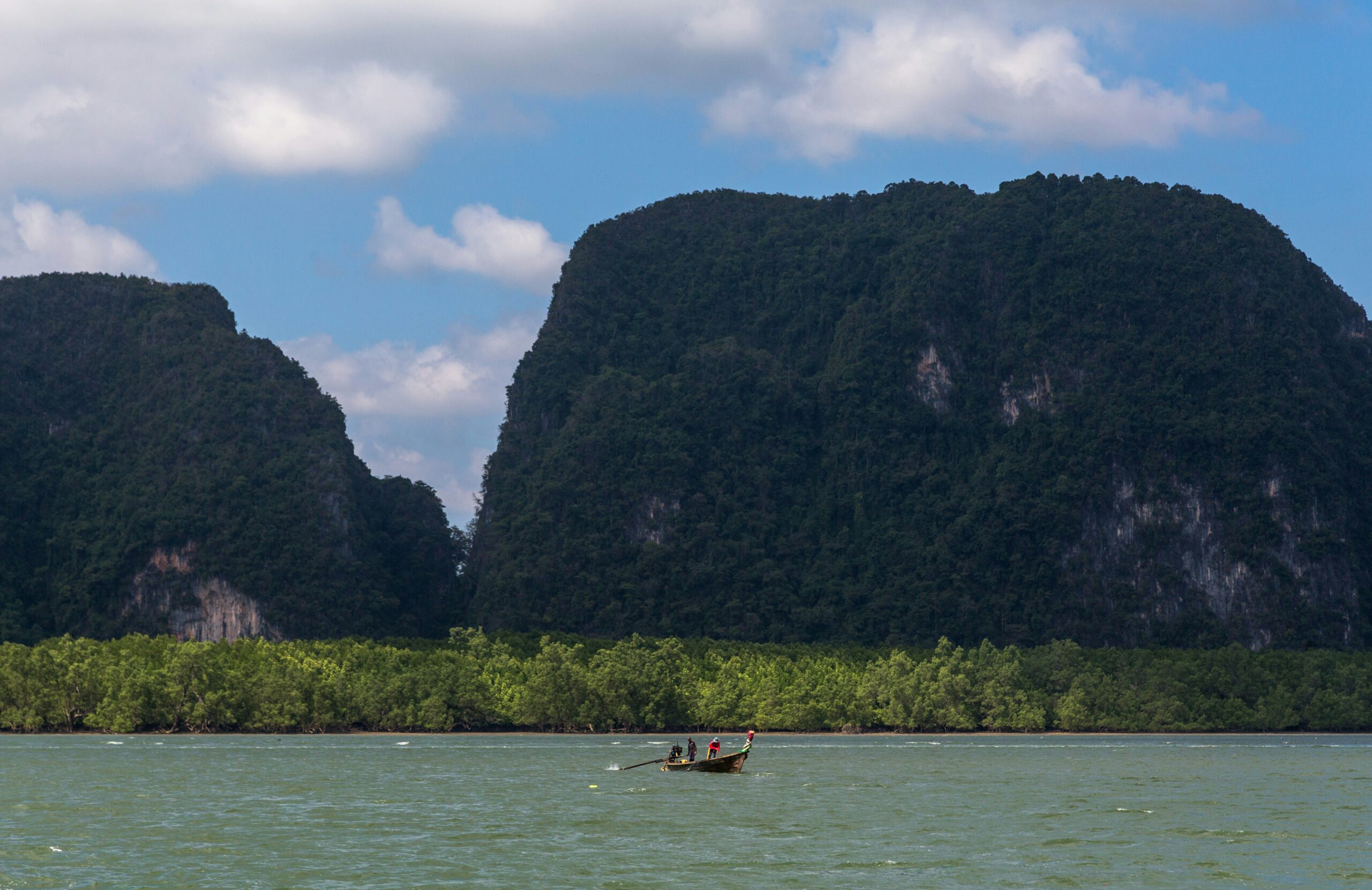If you're ready to take on the breathtaking challenge of climbing Mount Shasta, you may be wondering whether it’s advisable to hire a guide for this epic adventure. With its towering peaks and unpredictable weather conditions, Mount Shasta demands respect and careful planning. In this article, discover the benefits of hiring a guide, from their extensive knowledge and experience to their invaluable support and safety precautions. Whether you're a seasoned climber or a first-timer, find out why a guide can make all the difference in ensuring a successful and unforgettable journey to the top of Mount Shasta.

Overview on Mount Shasta
Mount Shasta, located in Northern California, is a prominent peak in the Cascade Range. Standing at a majestic height of 14,179 feet, it offers breathtaking views and exhilarating climbing opportunities for adventure seekers. The mountain's geographical location in the state makes it easily accessible for both local and international climbers, drawing in thousands of enthusiasts each year.
Geographical Location
Mount Shasta is situated in Siskiyou County, California, approximately 60 miles north of Redding and 70 miles south of the Oregon border. Its distinct conical shape and snow-capped peak make it a picturesque landmark in the region. The mountain is surrounded by the Shasta-Trinity National Forest, providing a scenic backdrop of lush forests and alpine meadows.
Height and Climbing Difficulty
With its considerable elevation, Mount Shasta presents a formidable challenge for climbers. The climbing difficulty varies depending on the chosen route, with each route requiring different levels of skill and experience. Some routes, such as the Avalanche Gulch and Casaval Ridge, are popular among intermediate climbers, while others, like the Hotlum-Bolam Ridge and Whitney Glacier, demand advanced mountaineering abilities. It is crucial to assess your climbing capabilities and choose a route that aligns with your skill level and experience.
Deciding the Best Time to Climb
The timing of your climb can significantly impact your overall experience on Mount Shasta. The weather conditions play a crucial role in determining the safety and feasibility of the ascent. The recommended climbing season typically spans from late April to September, when the weather is more stable and the snow is consolidated. During this period, the mountain offers better traction and reduced avalanche risk. It is important to monitor the weather forecast and plan your climb accordingly, giving priority to periods of clear skies and favorable conditions.
Understanding Mountain Climbing
Climbing Mount Shasta is not only about conquering a peak but also experiencing the thrill of adventure. It is a journey that pushes your limits and rewards you with a sense of accomplishment. However, it is essential to understand the risks associated with mountaineering and equip yourself with the necessary knowledge and skills before embarking on such an endeavor.
The Excitement of Adventure
Mountain climbing provides an unparalleled sense of adventure, taking you to new heights and exposing you to stunning landscapes. The adrenaline rush you feel as you navigate challenging terrain and make your way to the summit is truly unlike any other. The thrill of conquering Mount Shasta and witnessing the panoramic views from its peak is an experience that will stay with you for a lifetime.
The Risk Associated
It is important to acknowledge that climbing Mount Shasta comes with inherent risks. The mountain's high altitude, unpredictable weather patterns, and steep slopes can pose challenges even to experienced climbers. Avalanches, rockfalls, and sudden changes in weather conditions can endanger climbers and require immediate action. It is vital to be prepared mentally and physically, as well as have the necessary equipment and knowledge to mitigate these risks.
Equipment Required for Climbing
Before attempting to climb Mount Shasta, it is imperative to have the right equipment to ensure your safety and enhance your climbing experience. Essential gear includes an ice axe, crampons, helmet, harness, proper clothing layers, sturdy boots, and a backpack. Adequate supplies such as food, water, navigation tools, and emergency provisions should also be carried. Familiarize yourself with the equipment and ensure it is in good condition before setting off on your climb. Remember, your equipment can be a lifesaver in challenging situations.
Benefits of Hiring a Guide
While climbing Mount Shasta independently can be exhilarating, hiring a guide can significantly enhance your climbing experience. Experienced guides offer a wealth of benefits that can make your journey safer, more enjoyable, and more rewarding.
Safety Precautions
One of the primary advantages of hiring a guide is the increased safety they provide. Guides possess extensive knowledge and experience in mountain rescue techniques, first aid, and emergency response. Their expertise minimizes the risk of accidents and ensures that you receive immediate assistance in case of any unforeseen circumstances. Guides are well-versed in assessing route conditions and weather patterns, enabling them to make informed decisions to keep you safe throughout the climb.
Knowledge of the Terrain
Navigating Mount Shasta's diverse terrain requires a deep understanding of its intricacies. Guides possess an intimate knowledge of the mountain, having climbed it numerous times. They can guide you through the best routes, avoiding hazards and maximizing your chances of success. Their familiarity with the mountain's topography allows for efficient navigation, saving you time and energy.
Assist in Keeping the Pace
Climbing a mountain requires maintaining a steady pace and conserving energy. Guides have experience in setting an appropriate pace that optimizes your endurance and prevents exhaustion. They can offer guidance on managing breaks, staying hydrated, and maintaining a comfortable rhythm throughout the climb. Their presence ensures you don't push your limits too far and become vulnerable to altitude sickness or fatigue.
Mountaineering Skills and Experiences
Guides bring a wealth of mountaineering skills and experiences to the climb. They can impart valuable knowledge on various climbing techniques, such as ice climbing and rope management. Their insights into mountaineering ethics and Leave No Trace principles can help preserve the delicate ecosystems of Mount Shasta. Guides often share stories and anecdotes from their past climbs, fostering a sense of camaraderie and inspiring you with their passion for the mountains.
Disadvantages of Hiring a Guide
While hiring a guide can be advantageous, it is important to consider the potential disadvantages before making a decision.
Cost Implication
Hiring a guide is an additional expense that needs to be factored into your climbing budget. Guides often charge a fee based on the duration of the climb and the services provided. The expenses cover their expertise, equipment, permits, and any additional logistics required. It is crucial to evaluate the cost implications and ensure it aligns with your financial capabilities.
Limitations on Independence
Climbing with a guide entails relinquishing some degree of independence. Guides may enforce certain rules and guidelines to ensure the safety of the entire group. This can restrict your freedom to explore alternate routes or deviate from the planned itinerary. If you prefer a more adventurous and self-reliant experience, climbing without a guide may be more suitable for you.
Possibility of Incompatible Personalities
Selecting the right guide is essential for a successful climbing experience. However, there is a possibility of encountering personal differences that can affect the group dynamic. It is essential to communicate your expectations and preferences with potential guides before making a commitment. Compatibility is key, as a harmonious relationship with your guide can greatly enhance your overall climbing experience.
Self-Assessment Before Hiring a Guide
Before deciding whether to hire a guide, it is important to assess your own capabilities, knowledge, and preparedness for the climb.

Climbing Experience
Evaluate your previous climbing experience and determine whether you have the necessary skills and knowledge for a successful ascent of Mount Shasta. If you are an experienced mountaineer with multiple high-altitude climbs under your belt, you may feel confident in undertaking the climb independently. However, if you are relatively new to mountaineering or lack experience in challenging terrains, hiring a guide can provide the necessary guidance and support.
Physical Fitness Level
Mount Shasta's high altitude and demanding terrain make physical fitness a crucial factor for a successful climb. Assess your fitness level objectively and determine whether you are adequately prepared for the physical challenges of the ascent. If you have any health conditions or concerns, consult a medical professional before attempting the climb. Guides can offer training advice and tailored fitness plans to ensure you are physically prepared for the climb.
Knowledge of Weather Forecast
A thorough understanding of the weather forecast is vital when planning a climb. Stay up to date with the latest weather information and familiarize yourself with the typical weather patterns of the mountain during your intended climbing season. Assess your ability to interpret and adapt to changing weather conditions. Guides can provide valuable insights into weather forecasts and assist in making informed decisions regarding the climb.
Survival Skills on Challenging Terrains
Climbing Mount Shasta requires a certain level of survival skills on challenging terrains. Familiarize yourself with navigation techniques, including map reading and GPS usage. Understand the basics of self-rescue, crevasse rescue, and avalanche safety. If you feel that your skills in these areas are inadequate, hiring a guide can provide the necessary training and support to navigate safely through challenging sections.
Investigating the Guide’s Experience
When considering hiring a guide, it is crucial to investigate their experience and qualifications to ensure a reliable and satisfying climbing experience.
Guide's Credentials
Ask for the guide's certifications and credentials, such as their qualifications from recognized mountaineering organizations. Guides with credentials from reputable institutions demonstrate their commitment to professional standards and expertise in their field. Look for certifications specific to the terrain and challenges of Mount Shasta.
Guide's Previous Experiences
Inquire about the guide's previous experiences on Mount Shasta. Ask about the number of successful climbs they have led and the routes they are familiar with. A guide with extensive firsthand experience on the mountain is more likely to possess the necessary skills and knowledge to ensure a safe and enjoyable climb. Additionally, ask for references or testimonials from past clients to gain insight into their overall performance.
Guide's Emergency and First Aid Training
An important aspect of a guide's qualifications is their training in emergency response and first aid. Inquire about their certifications in wilderness first aid, CPR, and any specialized rescue techniques. A guide with comprehensive training in emergency situations can handle unforeseen circumstances effectively and provide prompt assistance if needed.
Guide’s Specialty, if Any
Some guides specialize in specific climbing techniques or possess knowledge of unique aspects of Mount Shasta. For example, certain guides may have expertise in ice climbing or alpine skiing. Consider whether you require specialized skills for your climb and if any guides can cater specifically to those needs. Align your preferences and goals with the guide's specialties to maximize your climbing experience.

Assessing the Cost of Hiring a Guide
The cost of hiring a guide can vary depending on various factors. It is important to assess the cost implications and understand the fee structure to make an informed decision.
Understanding the Fee Structure
Guides and guiding agencies may have different fee structures for their services. Generally, fees are determined based on factors such as the duration of the climb, the number of climbers in the group, and the services included. Understand the breakdown of costs and ensure that you are aware of any additional fees that may be incurred during the climb. Transparent communication about the financial aspects can help you make an informed decision.
Inclusions and Exclusions in the Price
Clarify what is included in the guide's fee. Some guides may include logistical arrangements such as transportation and lodging, while others may only cover their guiding services. Understand what additional expenses you may need to account for, such as gear rentals, permits, and meals. Consider whether the inclusions and exclusions align with your expectations and budget.
Comparing Rates Between Various Guides or Agencies
To ensure that you are getting the best value for your investment, research and compare the rates of different guides or guiding agencies. Take into account factors such as their experience, certifications, services provided, and client reviews. However, be cautious of excessively low rates, as they may indicate compromised safety standards or lacking expertise.
Group Climbing with a Guide
Group climbing with a guide can offer several advantages, both in terms of safety and cost-effectiveness.
Understanding Group Dynamics
Climbing with a group under the guidance of a professional allows for collective decision-making and mutual support. Group dynamics play a crucial role in ensuring a successful climb, as individuals can share responsibilities, assist each other, and provide moral support. Collaborating with like-minded climbers can also enhance the overall experience and foster a sense of camaraderie.
Dividing Responsibility Under Guide's Supervision
Guides play a pivotal role in dividing responsibilities within the group. They allocate tasks based on individual skills and strengths, ensuring that everyone has a role to play in the team's success. This distribution of responsibilities under the guide's supervision helps streamline the climb and ensures that essential tasks are carried out efficiently.
Potential Cost Savings in Group Climbing
Group climbing can be more cost-effective compared to climbing individually. Expenses, such as guide fees, permits, and gear rentals, can be shared among the group members, reducing individual costs. Additionally, group climbing often allows for discounts on lodging and transportation arrangements. If cost is a determining factor for you, group climbing with a guide can be a viable option.
Making Decision: To Hire or Not to Hire?
After evaluating the pros and cons of hiring a guide for climbing Mount Shasta, it is time to make a decision based on your personal preferences, comfort levels, and available resources.
Analyzing Pros and Cons
Consider the advantages and disadvantages discussed earlier to analyze whether hiring a guide aligns with your goals for the climb. Assess your comfort level with the potential limitations on independence and the additional cost implications. Weigh the benefits of increased safety, knowledge, and expertise against the potential drawbacks.
Personal Preference and Comfort
Personal preference plays a significant role in the decision-making process. Some climbers thrive on the independence and flexibility of climbing without a guide, while others prefer the security and guidance that a guide provides. Reflect on your comfort level with taking charge of your own climb versus relying on the expertise of a guide. Choose an approach that aligns with your personal values and climbing objectives.
Resource Available for the Climb
Consider the resources available to you when deciding whether to hire a guide. Assess your financial capacity, time constraints, and access to necessary skills and knowledge. If you have limited experience, time, or resources, hiring a guide can offer the support and expertise that you may lack. However, if you have the necessary skills, knowledge, and resources, climbing independently may be a viable option.
Experience Sharing from Past Climbers
To gain a deeper understanding of the climbing experience on Mount Shasta, consider the insights shared by past climbers who have taken both approaches – hiring a guide and climbing independently.
Those Who Hired Guides
Many climbers who have hired guides for Mount Shasta highlight the advantages of increased safety, knowledge, and confidence. They commend the expertise and professionalism of the guides, as well as the support provided throughout the climb. Hiring a guide eased their minds, allowing them to focus on the climb itself and the stunning surroundings, without having to worry about navigation or potential risks.
Those Who Climbed Independently
Some climbers who chose to climb Mount Shasta independently were motivated by a desire for solitude, freedom, and self-reliance. They enjoyed the challenge of planning and executing the climb alone, tailoring the experience according to their preferences. However, they often stressed the importance of thorough preparation, research, and acquiring the necessary skills before attempting such a demanding climb independently.
Lessons They Learned from Their Experiences
Both climbers who hired guides and those who climbed independently learned valuable lessons from their experiences. Those who hired guides emphasized the importance of clear communication, compatibility with the guide, and conducting thorough research before choosing a guide. They also stressed the significance of being open to learning from the guide's expertise and taking advantage of their knowledge. Climbers who chose to climb independently learned the value of thorough planning, acquiring the necessary skills, and creating a comprehensive safety strategy.
Climbing Mount Shasta is a thrilling and challenging experience that requires careful consideration before making a decision. Whether you decide to hire a guide or climb independently, prioritize your safety, prepare adequately, and make choices that align with your personal goals and comfort levels. With the right mindset, preparation, and assistance, you can conquer Mount Shasta and create memories that will last a lifetime.
